Every institution in society evolves with time, and this change is usually for the better. The succeeding generations shape these institutions according to their needs and mindsets. The evolution of marriage in particular is intriguing to observe. So how has marriage changed between then and now? What is the history of marriage? How has marriage changed over time?
It’s time to answer these questions, and learn how far we’ve come with regards to one of the most beautiful bonds that exist. The Millennials reading this are in for quite a ride as they discover the roots of marriage. Without further ado, let’s get started!
Has Marriage Changed Over Time?
Table of Contents
Charting the history of marriage reveals some very interesting developments. While we can’t think of marriage as anything beyond what it is now, there was once a time when love and romance were considered secondary, and perhaps even frivolous. It took a lot of decades and a lot of cultural shifts for people to realize that marriage was a deeply personal decision.
We now agree with Jennifer Smith when she says, “Marriage is a mosaic you build with your spouse. Millions of tiny moments that create your love story.” So, yes, marriage has certainly undergone a lot of changes over time. The evolution of marriage is singularly unique; keep reading ahead to find out how has marriage changed over time and what exactly shook things up…
Related Reading: 12 Characteristics Of A Successful Marriage
1. Love and marriage? Whoever thought of that!
It might seem strange, but love and marriage were not associated with each other for quite a long time. We may now think with alarm, “If not love, what would someone marry for?!” Marriage in the past was enormously different, and built upon the foundations of social obligations and survival. This is one of the biggest changes in marriage over time.
The ideal of love as a primary reason for marriage began to spread in the late 18th century and early 19th century. This was partly due to the French and American revolutions, but there were two other factors in force.
First came wage labor, which allowed young people to be independent. Their financial sufficiency enabled them to establish their households sooner. We can say that love was a luxury they could afford! Seems funny to think that we now have so many unique ways of expressing our love.
Second came new ideas of equality and justice; the notion that an individual could have control over his own life and make choices accordingly. (This was pretty revolutionary back then.)
2. How marriage has changed: The influences of philosophy and literature…
People always underestimate the effect powerful thoughts exercise. Pen down those thoughts and you have a tool with which you can reform society. Hence, the shift in marriage became clearer during the Romantic Movement and the Victorian era with its expectation of romance as the dominant way of conceiving love and marriage. We now use the term ‘hopeless romantic‘ to describe people.
Enlightenment thinkers pioneered the idea that life was about the pursuit of happiness and people took more control of their love lives. They began to demand the right to end unhappy unions; life was short and finding joy for themselves was more important than ever. How has marriage changed over time, you ask? Well, the power of the pen certainly has a part to play, as you can see.
Stone puts it best when he says, “It was not… until the romantic movement and the rise of the novel, especially the pulp novel, in the nineteenth century, that society at large accepted a new idea — that it was normal and indeed praiseworthy for young men and women to fall passionately in love, and that there must be something wrong with those who have failed to have such an overwhelming experience some time in late adolescence or early manhood.”
Each individual was encouraged to strive for love, and the oh-so-romantic poetry by Keats and Shelley just reinforced that idea. Marriage in the past was miles away from any notions of romance.
3. My life, my rules: Marriage then and now
And suddenly…couples were supposed to invest more of their emotional energy in each other and their children than in their natal families, their kin, their friends, and their patrons. Marriage had wonderfully become a personal contract between two equals seeking love, stability, and happiness. Gone were the days of familial and political alliances. Changes in marriage over the years are truly quite incredible.

The ideals of marriage shifted from a tool for survival, and the means to protect property and land, to one that had personal fulfillment and happiness as its central goals. Where in the past, marriage was sacred, and love, if it existed at all, was a consequence of marriage; now, love was sacred and marriage, secondary.
While the medieval and early modern models assumed a fundamental incompatibility between romance and marriage, we now assume their inseparability. We acknowledge how important love is for a healthy and successful marriage.
Marriage is still popular and predominant as it is the primary way of arranging families, but its meaning has shifted; once a binding contract which fixed one’s position within the social structure, it has become an optional and soluble sign of commitment to someone with whom one has fallen in love. Marriage in the past was restrictive, but it now presents boundless opportunities.
The evolution of marriage has been a boon for new-age couples. It’s time we expressed gratitude for these changes in marriage over time!
FAQs
The most significant change in marriage since then and now is the basis of it. Earlier marriages were built on foundations of social survival or strategic alliances, whereas now we prioritize love as the dominant factor. We understand that a marriage can’t sustain itself by just being a social contract. It needs to lend fulfillment and growth to the two people involved.
Besides being based on love, people have begun making their own rules for their marriages. The idea of a one-size-fits-all marriage has been discarded and we see a variety of relationships around us. Open marriages, long-distance marriages, gay marriages, sexless marriages, and so on. More power to each couple out there!
51 Deep Relationship Questions To Ask For A Better Love Life
Love After Marriage – 9 Ways It Is Different From Love Before Marriage
Your contribution does not constitute a charitable donation. It will allow Bonobology to continue bringing you new and up-to-date information in our pursuit of helping anyone in the world to learn how to do anything.

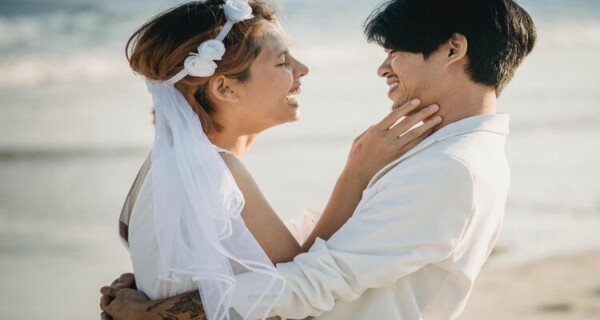
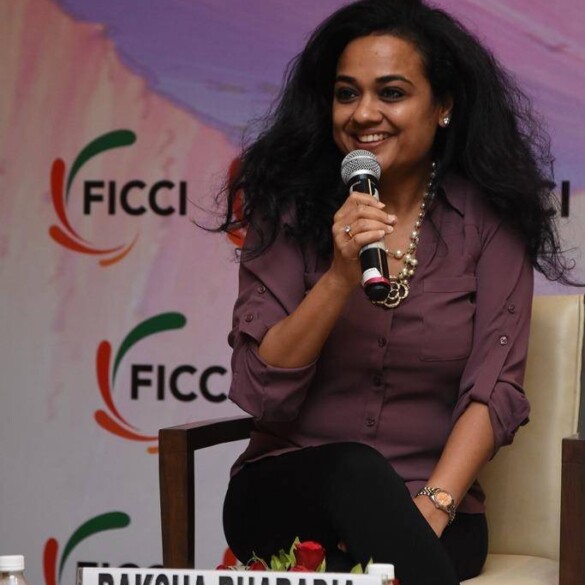
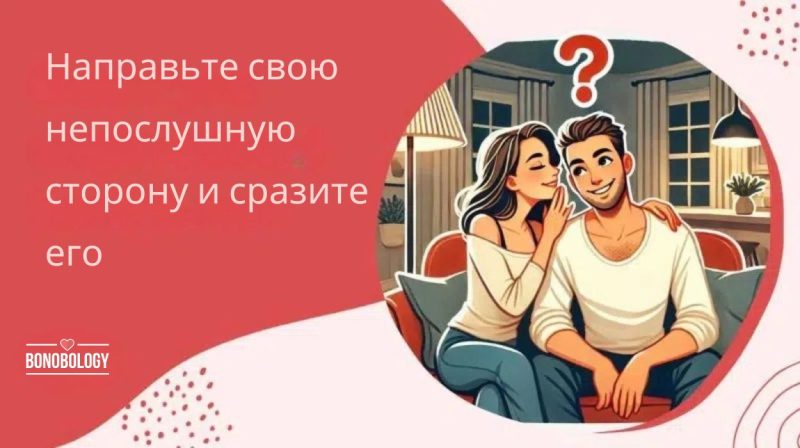
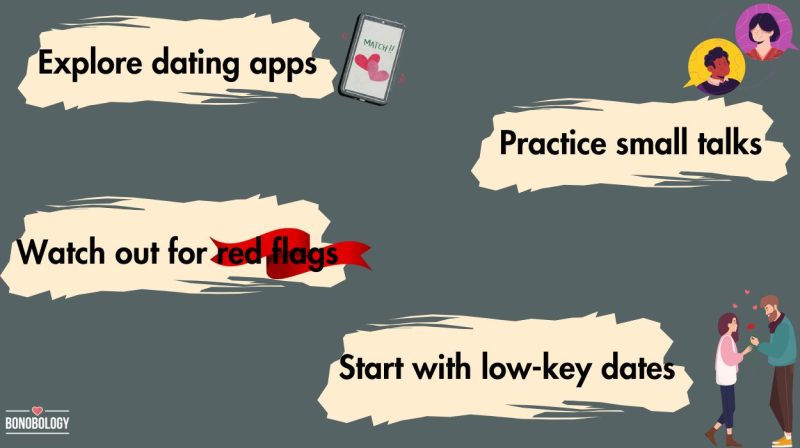
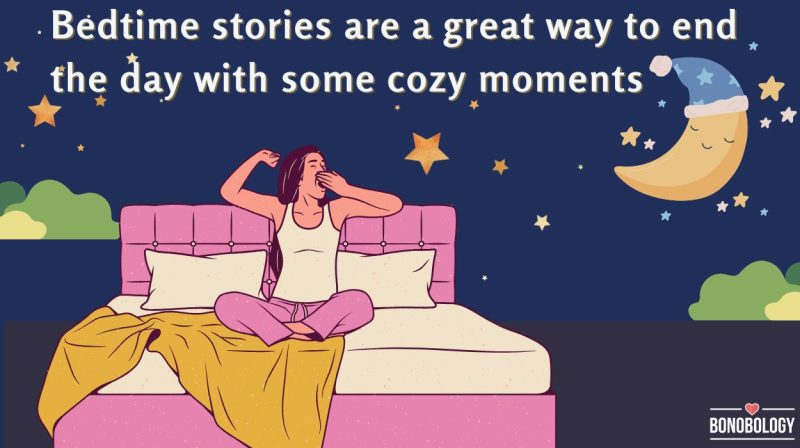
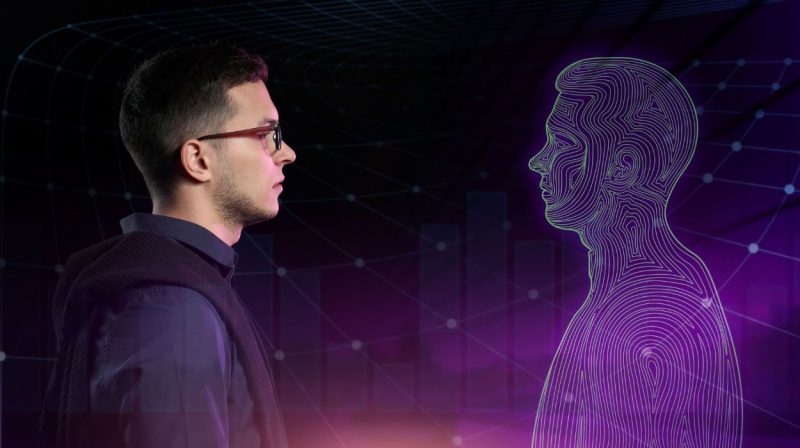
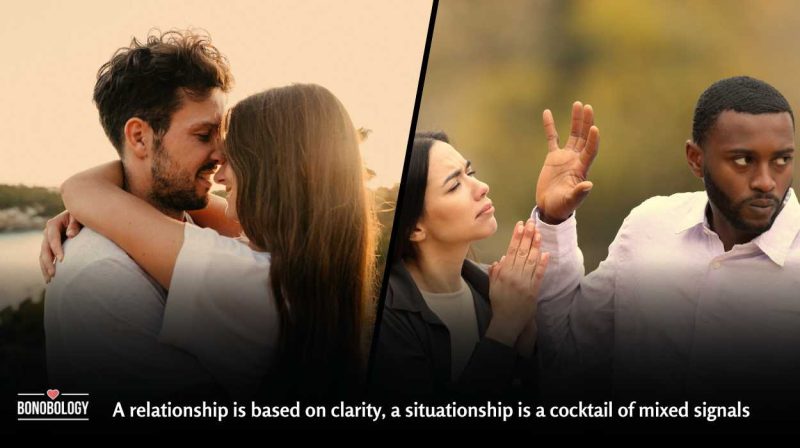

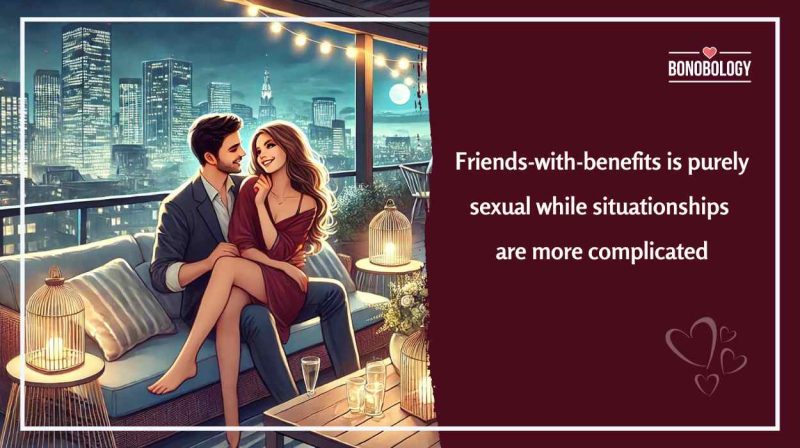
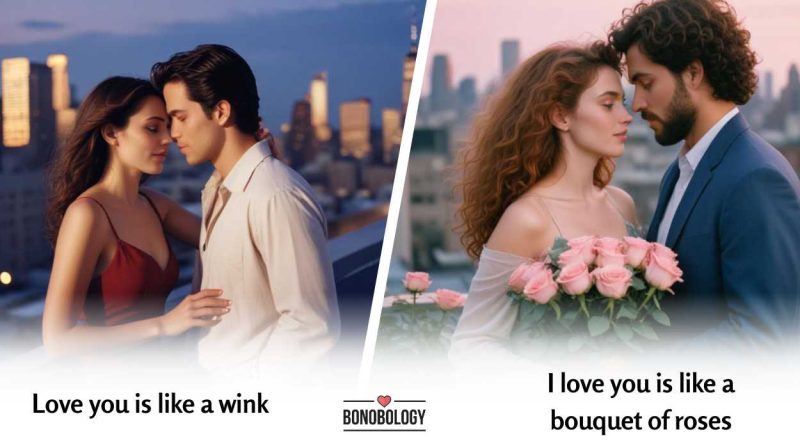

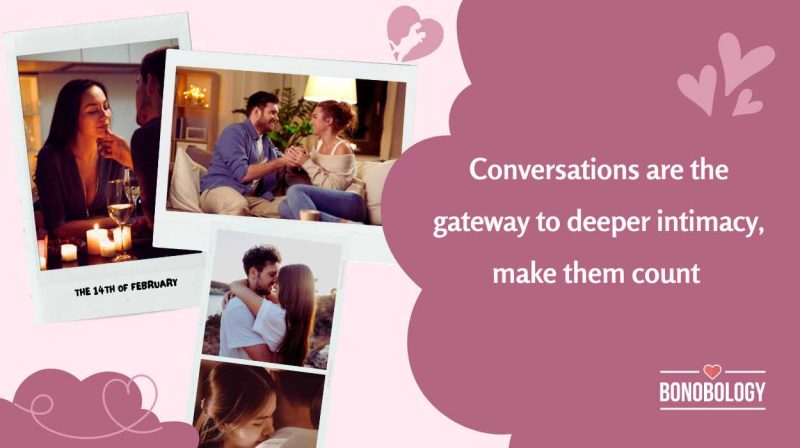
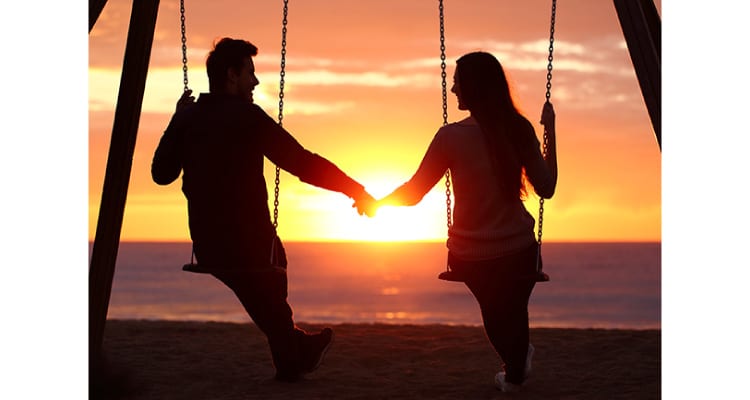
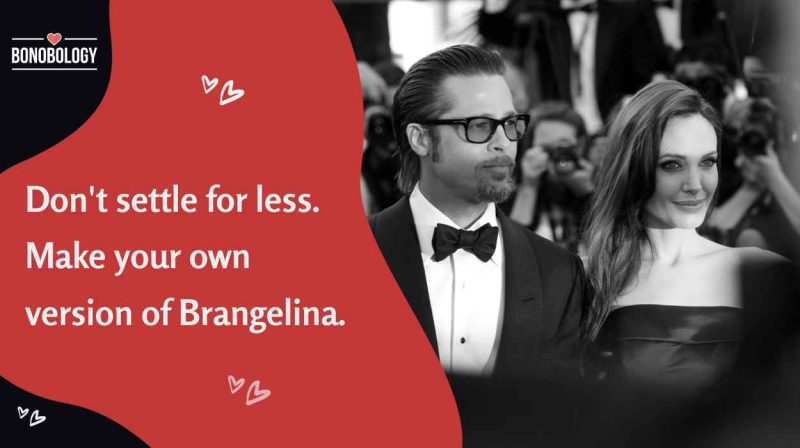
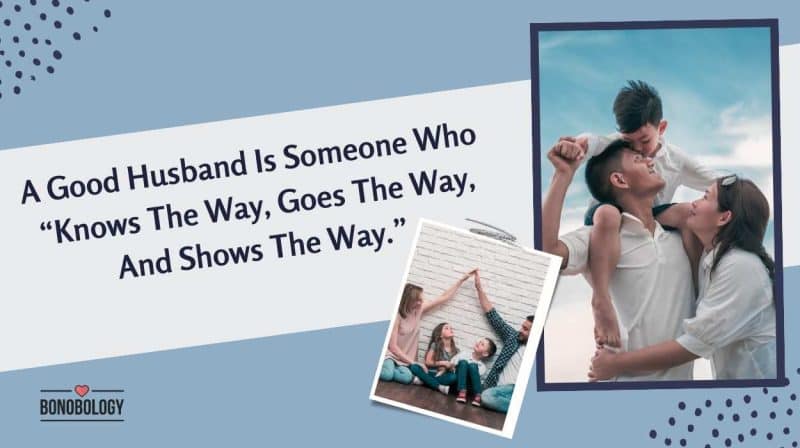
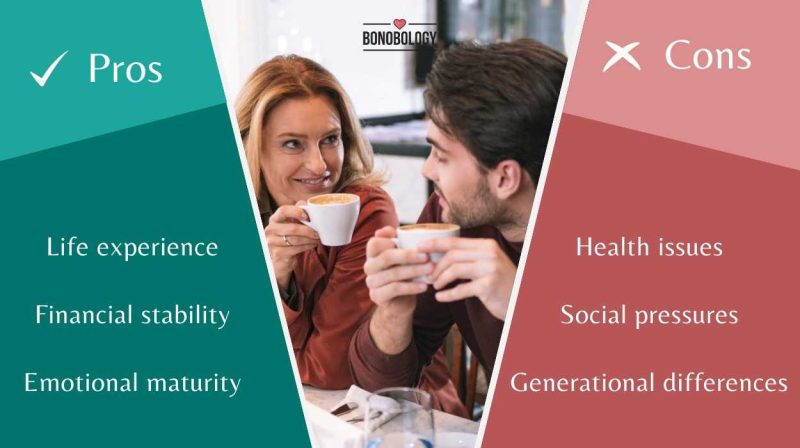
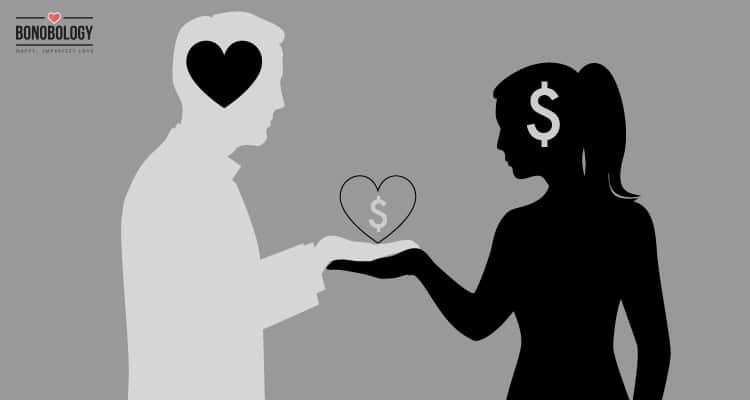

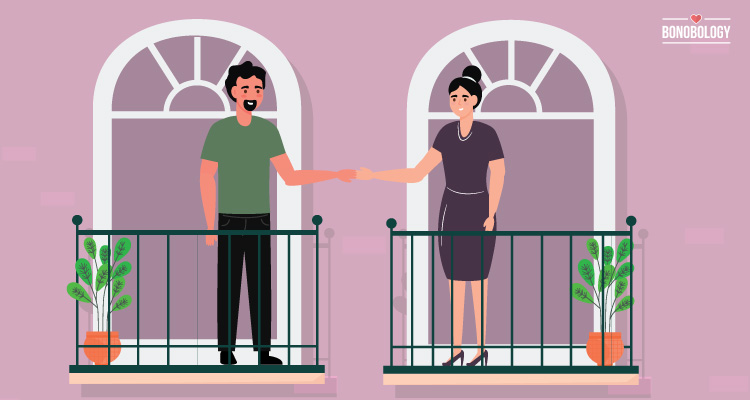

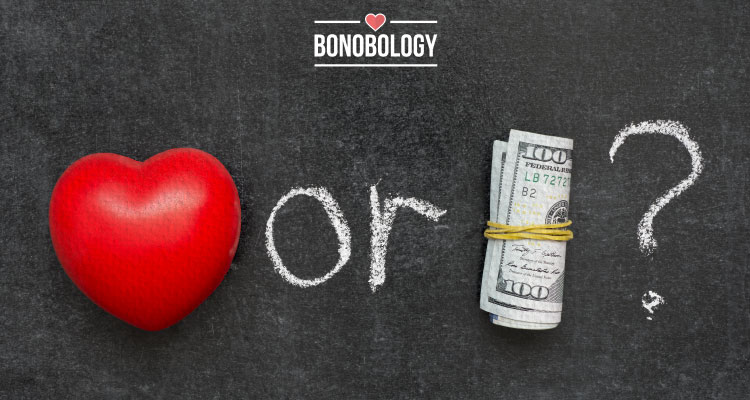
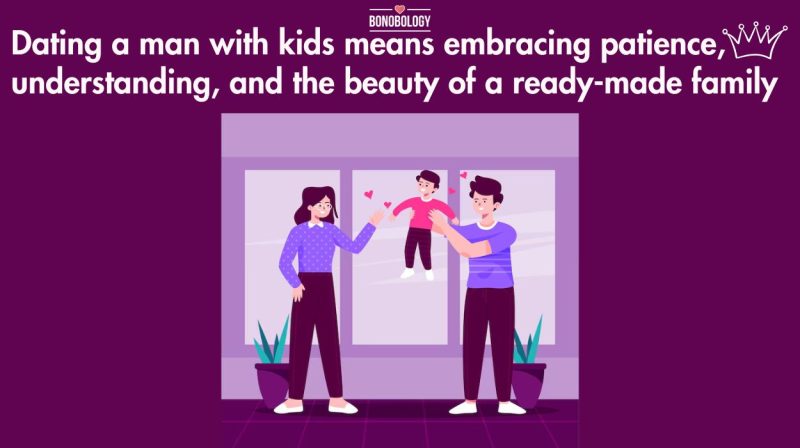
Featured
125 пикантных вопросов, которые стоит задать своему парню
How To Start Dating: Tips For Beginners & Those Starting Again
25 Bedtime Stories For Girlfriend
From Self-Awareness To Compatibility: Digital Twins For Modern Relationships
Situationship Vs Relationship: Can One Lead To The Other?
How To Get A Guy To Like You: 20 Simple Techniques, No Mind Games
Situationship Vs Friends With Benefits: Similarities And Differences
The Significant Difference Between Love You And I Love You
125 Spicy Questions To Ask Your Boyfriend
125 Deep Questions To Ask Your Boyfriend To Truly Understand Him
Balancing Love And Learning: How Online Degrees Can Strengthen Relationships
What Is A Power Couple? 15 Signs You And Your Partner Are One
What Is The Role Of A Husband In A Modern Relationship?
Marrying An Older Woman: Pros And Cons, And How To Make It Work
Everything You Need To Know About Transactional Relationships
Premarital Counseling – 12 Reasons You Should Opt For It
Living Apart Together: Decoding The Latest Trend Said To Save Relationships
Domestic Partnership vs Marriage: Difference & Benefits
Marrying For Money: Is It The Right Choice For You And How To Make It Work?
21 Things To Know About Dating A Man With Kids